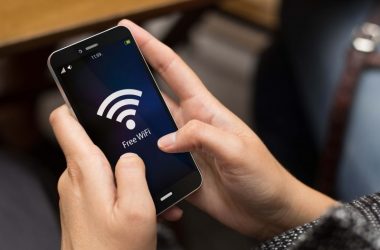Symbian has completed the process of open sourcing its entire code base, in advance of its June deadline.
While the release is ahead of schedule, the first phones — expected to be out early next year — will hit the market more than two years after the first Android phone became available. The Symbian software will have to be unique and attractive to compete with Android, its main open-source competitor, and other popular operating systems, an analyst said.
The process of making the Symbian operating system open source started with Nokia’s announcement in June 2008 that it would buy out the rest of Symbian and release the code to the public.
The Symbian Foundation had expected to finish the process of transition from proprietary to open source in the middle of this year. Larry Berkin, who runs global alliances for the Symbian Foundation, credits the hard work of enthusiastic contributors for the speedier release.
The code is expected to become available on the Symbian developer page on Thursday.
The proprietary version of Symbian is already widely used in many regions of the world but not the U.S., where Android has just begun to gain significant momentum. After just one phone ran Android for a year, in late 2009 and early this year dozens more phones were released using the software.
But while Android may have a head start as an open-source system, Symbian thinks that it will have an edge in the long run, Berkin said.
Its biggest differentiator may be that a community of phone makers and developers contribute to and update Symbian. “That’s a huge difference for Symbian,” he said.
By contrast, Google develops Android and then releases it to the public.
“We’ve seen partners express dissatisfaction with that,” Berkin said.
Symbian is clearly trying to push that differentiation. The main page of its Web site says: “We’re a community, not a company, owned by members not any one entity.”
Symbian could have some other advantages too. Google may have put off some phone makers when it heavily backed the Nexus One. “That was cause for some consternation,” Will Stofega, an IDC analyst, said. “There were rumors about partners not being happy about that.”
Operators might also be more keen to embrace Symbian phones. “I would suspect that it might be a bit more palatable on the operator side,” Stofega said. “There’s always fear from the operators about over-the-top applications and data flooding their network and them not being properly compensated.” While Google may cause those concerns, Symbian is viewed as a longtime member of the telecom world.
But the software and resulting phones will have to be attractive to compete. “The real test is going to come not just on the code but the user interface,” Stofega said. “If there’s one complaint about Symbian, it’s that the interface is not optimal. In fact, it lags far behind what we’ve seen on other operating systems.”
The code that Symbian creates will be released under the Eclipse Public License, Berkin said. But code that is contributed by companies may carry different licensing terms.
Under Eclipse, users of code are not required to share back contributions built on top of the code, although Symbian recommends that users do that, Berkin said.
It will now remain to be seen if an expanded base of handset makers commit to Symbian, which for many years has been perceived as largely a product of Nokia's. Berkin hopes that some phone makers may be using Android to essentially bide their time until Symbian is out.
Motorola has seriously committed to Android but has been a Symbian user historically. “To the extent that they are financially able, I expect them to come back,” Berkin said.
Motorola sounds not so committed, however. “We encourage the use of open source in the industry and have been a longtime proponent of open platforms, but we have not announced plans to deploy the Symbian platform you reference,” said Motorola spokeswoman Becki Leonard when asked if the company plans to make phones based on the Symbian open-source OS.





